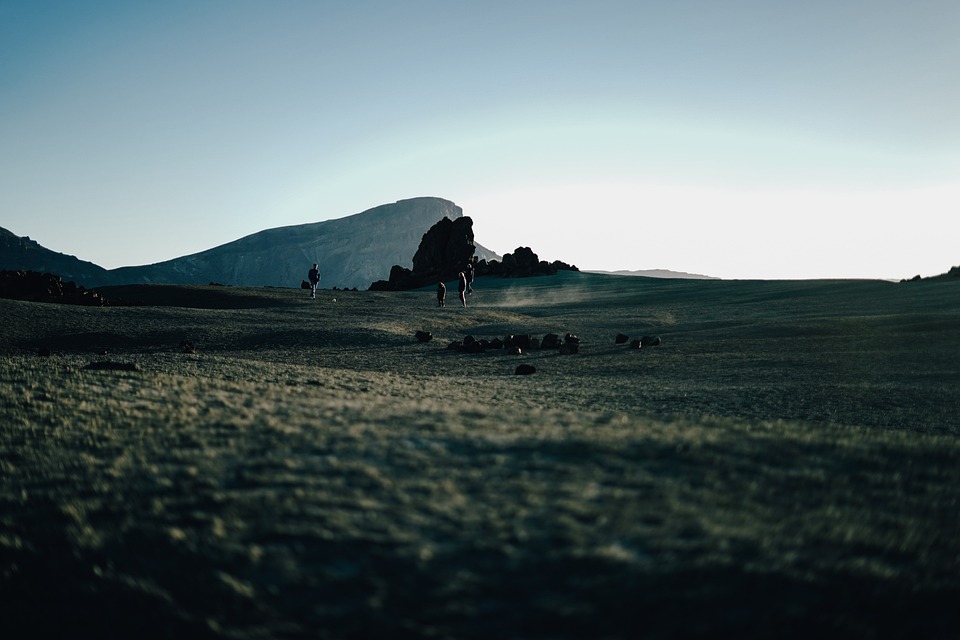Exploring the Cinematic Significance of Lighting Techniques in Film
The Basics of Lighting in Film
Lighting is a crucial element in filmmaking. It not only illuminates the scene but also plays a significant role in creating mood, atmosphere, and visual impact. Different lighting techniques can be used to convey various emotions and messages to the audience.
In film, the primary types of lighting used are natural light, artificial light, and a combination of both. Natural light is the most authentic form of lighting as it comes directly from the sun or moon. Artificial light, on the other hand, can be created using various tools such as lighting fixtures, reflectors, and diffusers.
The Importance of Lighting in Film
Lighting is essential in film for several reasons. Firstly, lighting can set the mood for a scene. For example, low-key lighting with shadows and harsh contrasts can create a sense of mystery or suspense, while high-key lighting with soft shadows can convey a cheerful or light-hearted mood.
Secondly, lighting can direct the audience’s attention to specific elements within the frame. By manipulating the intensity and direction of light, filmmakers can guide the viewer’s eye to key characters, objects, or areas of significance in the scene. This is particularly important in creating visual hierarchy and helping the audience focus on important details.
Additionally, lighting can enhance the overall visual impact of a film. By using different lighting techniques, filmmakers can create stunning visual compositions that not only look beautiful but also add depth, dimension, and texture to the images on screen. Lighting can also emphasize shapes, textures, and colors, making the film visually engaging and aesthetically pleasing.
Common Lighting Techniques in Film
There are several common lighting techniques used in film to achieve different effects and enhance the storytelling. Some of these techniques include:
1. Three-Point Lighting: This is a standard lighting setup used in filmmaking that consists of three key lights – a key light, a fill light, and a backlight. The key light is the primary source of illumination for the scene, the fill light fills in shadows and softens contrasts, and the backlight separates the subject from the background by creating a rim of light around the edges. Three-point lighting is versatile and can be adapted to various types of scenes and moods.
2. High Key Lighting: High-key lighting is characterized by bright, even lighting with minimal shadows. This technique is often used in romantic comedies, musicals, and other genres that require a cheerful, uplifting mood. High-key lighting can create a soft, dreamy look that enhances the overall aesthetic and atmosphere of the film.
3. Low Key Lighting: In contrast to high-key lighting, low-key lighting is characterized by dark shadows and high contrasts. This technique is commonly used in film noir, horror, and thriller genres to create a sense of suspense, mystery, and danger. Low-key lighting can add depth, drama, and intensity to a scene, making it visually striking and emotionally impactful.
4. Natural Lighting: Natural lighting is when filmmakers use available light sources such as the sun or moon to illuminate a scene. This technique can create a sense of realism and authenticity, as well as convey a specific time of day or mood. Natural lighting is often used in outdoor scenes or films with a documentary style to enhance the sense of verisimilitude.
5. Soft Lighting: Soft lighting is characterized by diffused, gentle light that creates soft shadows and smooth transitions between light and dark areas. This technique is often used in romantic or dramatic scenes to create a warm, intimate atmosphere. Soft lighting can enhance the beauty of actors’ faces, add a soft glow to the scene, and evoke a sense of tenderness and emotion.
Conclusion
In conclusion, lighting is a vital element in filmmaking that can significantly impact the visual and emotional storytelling of a film. By using various lighting techniques such as three-point lighting, high-key lighting, low-key lighting, natural lighting, and soft lighting, filmmakers can create mood, atmosphere, and visual impact that enhance the overall cinematic experience for the audience. Lighting not only illuminates the scene but also plays a crucial role in guiding the viewer’s attention, conveying emotions, and creating stunning visual compositions. Next time you watch a film, pay attention to the lighting and notice how it enhances the storytelling and brings the scenes to life.
